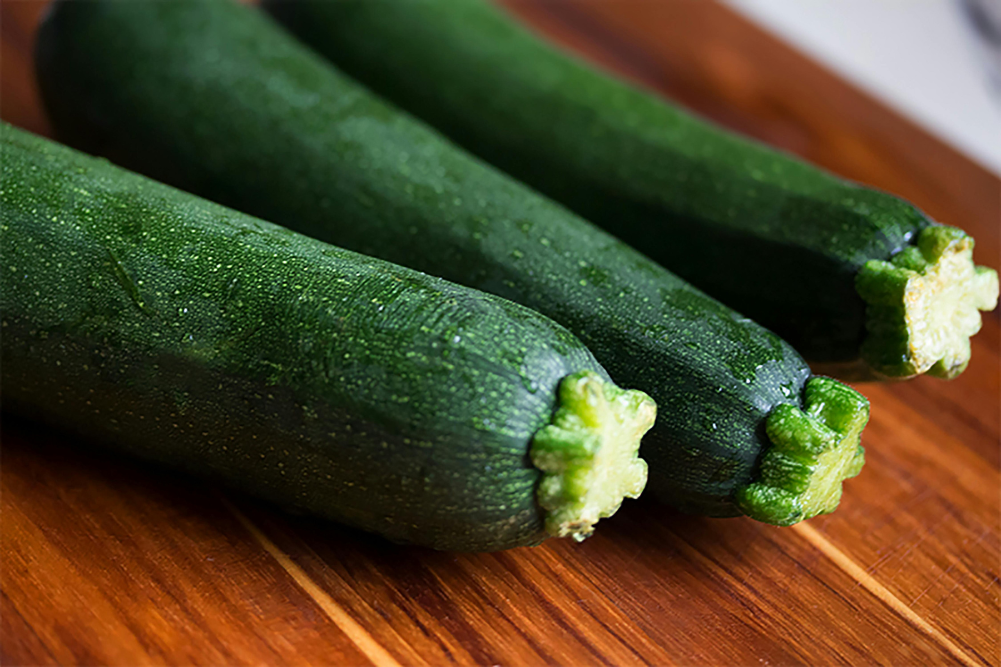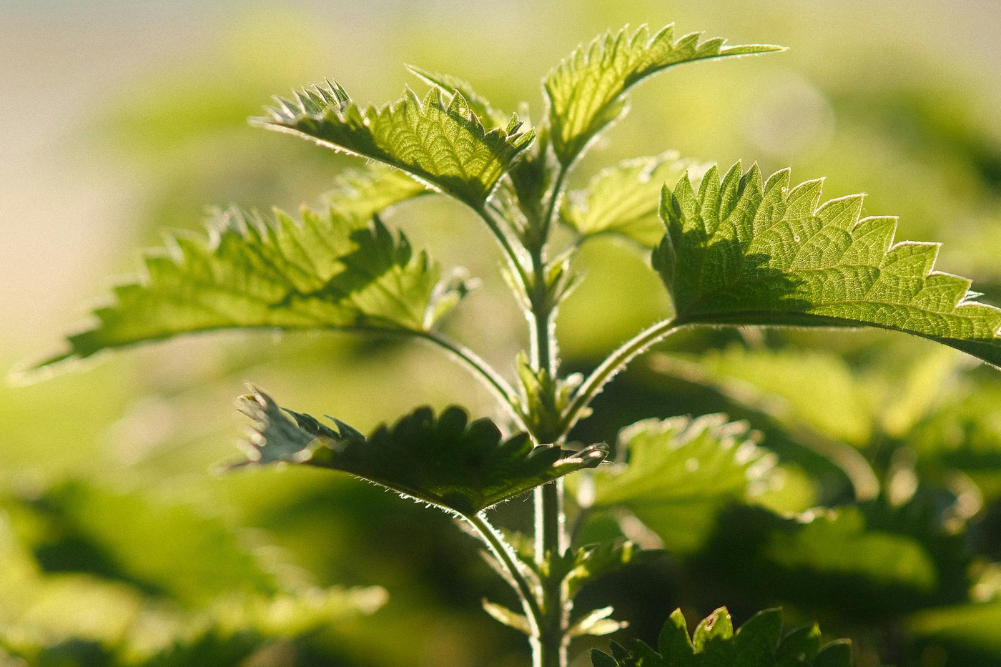5 expert tips to rid your bathroom of toxins
It’s amazing how much stuff can accumulate in a bathroom over the years: all those well-meaning hand creams, scented candles around the bath and random samples from events and goodie bags. It all seems to amass because you don’t ever seem to cull things in the bathroom, right? Did someone say copper bronze eye shadow from my year 12 formal? Yes! I kept it in my bathroom until I was in my early 30s, about 10 years ago. I’m sure you have a few of those items in your bathroom, too. If so, it’s time for a detox.
Detoxing your bathroom comprises of two rules:
Remove items you no longer need or have expired
First step is to identify any harmful items you might have once used that now need reevaluating due to toxicity concerns. I’m looking at that three-year old mascara that’s become a breeding ground for weirdness.
Remove items that are more than one-year old
Brutal, I know, but most things with low-tox preservatives won’t last more than a year. Anything with preservatives to last more than one year tends to contain harsh chemicals that you no longer want on your skin or in your home. It’s a loose rule and there is always the exception. You can read more about these in my book, Low Tox Life.
Checklist of chemicals to avoid
Personal care products
One of the most important things you can do to reduce skin irritation, dryness and hair follicle damage is to stop using sodium laureth sulphate (SLES) and sodium lauryl sulphate (SLS). SLES is often contaminated with 1,4-Dioxane, unlike SLS which is more of a straight-up potential irritant. SLS is OK to use in laundry products; however, look for a sustainable source like coconut.
Simple pantry and DIY items are making a comeback as people discover how easy it is to make a face cleanser, serum or foaming hand wash at home.
Another harmful irritant is methylisothiazolinone, named “contact allergen of the year” by the American Dermatitis Society in 2013. Do you best to avoid this.
Next, you want to avoid parabens, triclosan and synthetic fragrance/parfum. Avoiding these will help you to lower your endocrine-disruptive chemical exposure.
Then, ensure there are no microbeads in your products. Microbeads contain BPA and are a disaster for the environment.
Finally, you want to look out for petroleum-based ingredients such as polyethylene glycol (PEG), petrolatum, paraffin, propylene glycol, quaternium compounds and more.
If you see something from the above list in the ingredients of the product in question, throw it out. This will be your simple checklist of chemicals to avoid.
Pro tip: If you’re just starting out on your low-tox journey and wish to understand which ingredients might contain or be derived from petroleum, unsustainable palm oil or be a potential irritant, the app Chemical Maze is useful as well as the Environmental Networking Group website SkinDeep.
Oral care
The main culprits when it comes to oral care are SLS (a harsh irritant in your mouth? No, thanks!), microbeads (how does scrubbing BPA-containing plastic beads into your gums sound?) and triclosan. Given we live in a country with recommended guidelines for fluoride, I’ll leave that alone, but do your own research to see where you sit the fluoride debate. There’s research to suggest it’s protective topically even if you choose to remove it from your water.
Personal hygiene
In personal hygiene products, aluminium is the main chemical found in addition to other nasties mentioned above. Opt out of aluminium as it prevents your natural detoxification function from working. Many people are thriving on the new style of deodorant pastes: some natural deodorants made without bicarb that are gentler for sensitive skins.
Makeup
Avoid synthetic colours, coal tar (mascara/eyeliner), talc that potentially could be contaminated with asbestos, musks that are suspected carcinogens, BHA/BHT and lead/cadmium. Because heavy metals and musks don’t get listed as ingredients as they’re hiding under terms like “fragrance” or “pigment”, it’s important to shop for brands that clearly state their makeup products are free of nasty chemicals. The good news is we are absolutely spoilt for choice these days when it comes to safer options.
If it’s known these ingredients aren’t good for you, why are they still in products? Because of consumer awareness, the tide is finally turning but basically they’re in there for profit. These are cheap, highly effective chemicals that give you a sense of “performance” or “convenience” based on the picture you’ve been painted: my sunscreen goes on smoothly; my bulk shampoo lasts three years; my hair feels squeaky clean; and I don’t stink for the whole day.
In order for humans to accept a new way, you need to do your part in redefining what performance looks like, ensuring you’re not demanding that products “perform” in a way that damages your health or the environment.
The good news is green chemistry is catching up and simple pantry and DIY items are making a comeback as people discover how easy it is to make a face cleanser, serum or foaming hand wash at home.
So, here’s to that big and mindful bathroom clear-out and making way for a whole lot less in general. Seriously, who needs eight nail polishes and five eye shadow palettes? Make sure what you do bring into your bathroom is of beautiful quality and realistically going to be used within the time it will be in date.
Need a little helping hand? WellBeing is a wonderful source for alternative products that are low-tox, healthy and safe for you and your family. You can also visit lowtoxlife.com and shop from any of the recommended stores.








